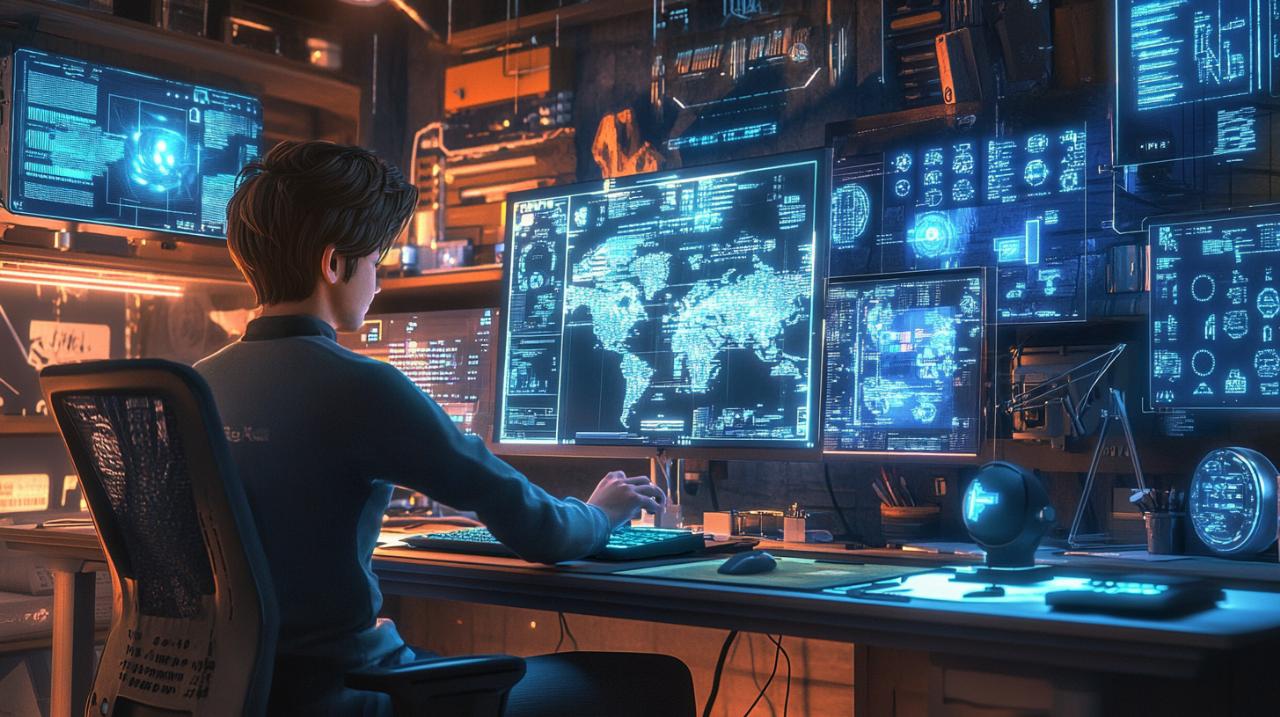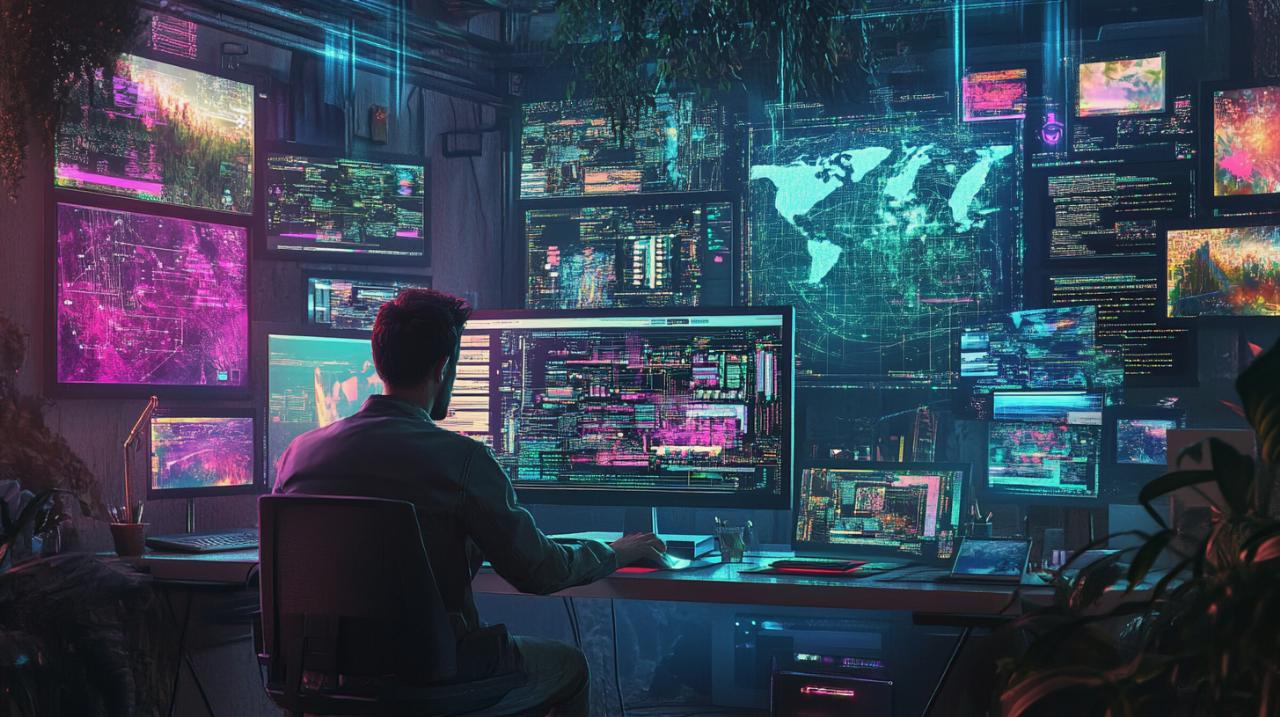
The creative landscape stands at the cusp of a remarkable transformation as artificial intelligence reshapes the way we produce and design content. The fusion of technology and creativity brings fresh perspectives to artistic expression while boosting productivity in unprecedented ways.
The evolution of creative workflows through ai integration
The creative sector witnesses a profound shift as professionals embrace smart technologies to enhance their craft. Machine learning algorithms now serve as powerful allies in the creative process, opening new avenues for expression and efficiency.
Breaking traditional creative barriers with machine learning
Innovation flourishes as smart algorithms analyze vast datasets to spark novel ideas. The integration of Generative AI empowers creators to explore uncharted territories in their work, while saving up to 40% of their time in content production. This technological advancement leads to enhanced productivity rates, with 71% of design professionals reporting significant efficiency gains.
Rise of AI-powered design tools in creative industries
Modern creative platforms leverage machine learning to revolutionize visual creation. The market shows remarkable growth, expanding from $11.3 billion in 2023 to an anticipated $51.8 billion by 2028. These tools excel at crafting stunning visuals and maintaining consistent quality across projects, making them invaluable assets for creative teams worldwide.
Revolutionizing visual design production
Generative AI stands at the forefront of a creative renaissance, transforming the landscape of visual design production. The technology brings unprecedented capabilities, enabling businesses to create stunning visuals while maintaining efficiency. With the market projected to reach USD 51.8 billion by 2028, this revolutionary shift marks a new era in design innovation.
Streamlining graphic creation processes
AI-powered tools dramatically enhance design workflows, reducing production time by up to 50%. Modern designers leverage machine learning algorithms to generate diverse visual elements, from product designs to marketing materials. The technology excels at automating repetitive tasks, enabling creative professionals to focus on strategic work. Through data-driven insights, teams can scale their creative output while maintaining consistent quality standards across platforms.
Merging human creativity with AI capabilities
The integration of AI into design processes amplifies human creative potential rather than replacing it. Creative professionals harness AI as a productivity partner, using it to overcome artistic blocks and explore new design directions. The technology serves as a catalyst for innovation, offering fresh perspectives and unexpected combinations. While AI streamlines production, human expertise remains crucial in guiding creative direction and ensuring emotional resonance in designs. This symbiotic relationship between human imagination and machine efficiency drives the future of visual design.
Scaling content production with ai solutions
Generative AI revolutionizes content creation by empowering businesses to produce high-quality material at unprecedented speeds. This innovative technology analyzes vast datasets to craft compelling copy, design stunning visuals, and generate creative solutions. Through advanced algorithms, AI models adapt to specific needs, from crafting product descriptions to designing impactful visuals.
Customizing outputs through machine learning models
Machine learning models drive personalized content experiences by processing extensive data to understand user preferences. These models excel at predicting optimal content elements, enabling precise customization for diverse audiences. The technology demonstrates remarkable versatility across multiple domains, from writing and journalism to visual art, where designers report 50% efficiency increases. The market growth from USD 11.3 billion in 2023 to an anticipated USD 51.8 billion by 2028 reflects this transformative impact.
Maximizing efficiency in content distribution
AI-powered solutions streamline content distribution by automating repetitive tasks and maintaining consistent quality standards. The technology enables businesses to scale their content operations while reducing production costs and team size requirements. Data indicates that AI can reduce writing time by 40%, making it invaluable for enterprises seeking growth. Modern AI platforms prioritize data safety and intuitive usage, serving diverse clients from solo entrepreneurs to global corporations. The fusion of AI capabilities with human creativity establishes a new standard in content production, driving innovation across industries.


